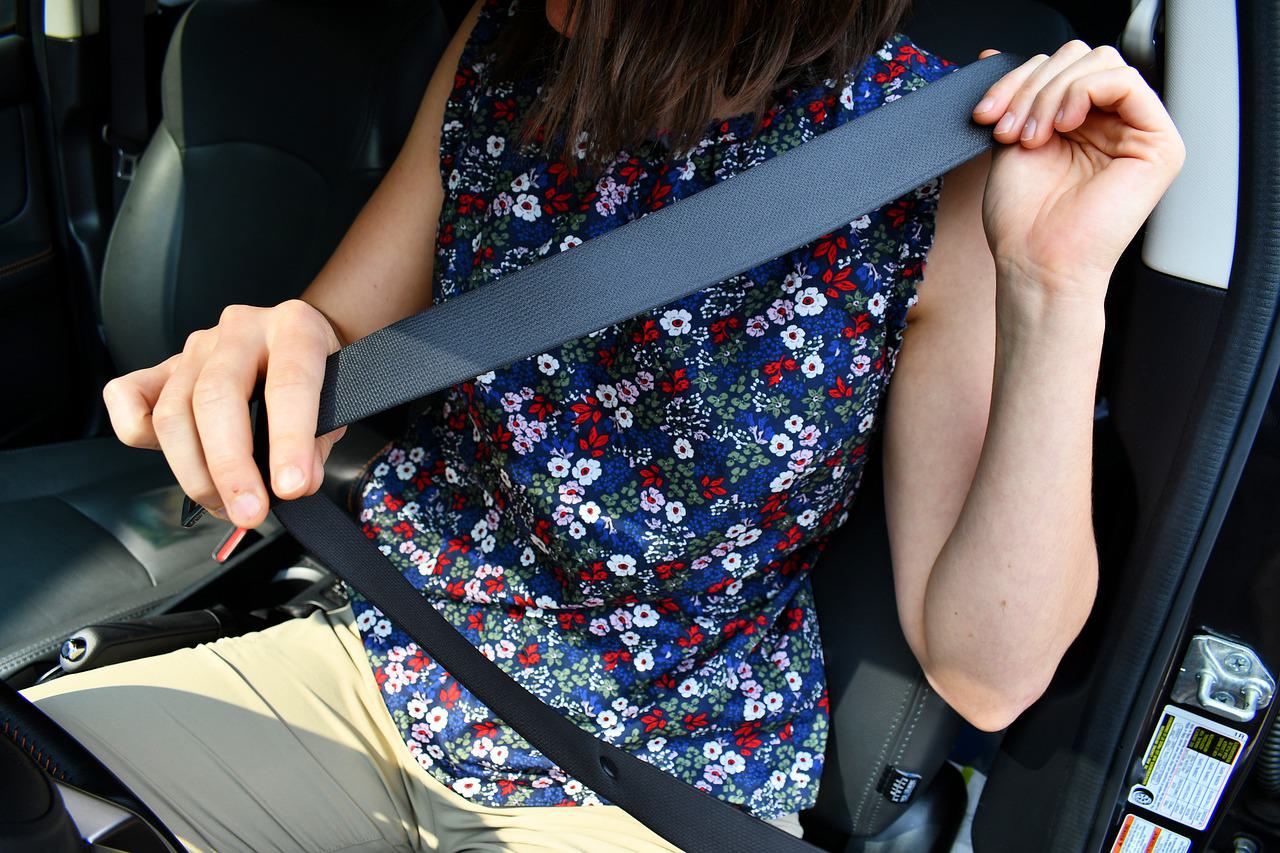Driving in France Requirements: A Comprehensive Guide
A holiday in France involving travelling around by car is a truly amazing experience. The countryside and sites of France are stunning, and there is no other way to experience it all in a dedicated length of time than driving. Whether it’s your first road trip to France or your tenth, this comprehensive guide is an easy way to ensure that you have everything ready for your trip and you are fully up to date and meet the driving in France requirements before your visit. Continue reading to learn more about what to take driving in France, French road rules, and more.
Your car and what to take driving in France
In accordance with French road rules, you must have a few specific safety items with you at all times in your car while in France. If you get stopped or are found not to be using these items if you breakdown, you could be hit with a pretty hefty fine:
- 1. Warning triangle
- 2. Reflective safety jackets
- 3. Beam deflectors
In addition, if you are riding a motorcycle at any point during your trip, you need a helmet with suitable reflective elements. For more information on getting your car to France and other available transportation options, then please read our guide on the best ways to get to France.
Basic rules to drive in France
Priority and giving way on French roads
Generally speaking at junctions and turns, you must give way to other vehicles on the road who are approaching on the right, the only exception to this is when a sign indicates otherwise. When it comes to approaching roundabouts, traffic already on the roundabout takes priority, and emergency vehicles with sirens and flashing lights should always be given way to.
Overtaking
According to French road rules, France driving on the right and overtaking on the left is standard practise, but when traffic is in lanes then it is seen as acceptable for you to overtake on the right of any vehicles in “slower” lanes.
You’ll find that in some cities and towns in France trams are often a popular form of transport. You can overtake these but only on the left-hand side of one-way streets and only if there isn’t any space on the left. Other than that, overtaking trams when in motion is expected to be carried out on the right side only.
France is famous for its stunning scenery and beautiful hillside landscapes, so expect to drive on a steep gradient during some point of your journey if you are hoping to do a lot of travelling around. On these steep gradients, it’s generally assumed that those vehicles that are driving downhill should give way to ones that are going uphill.
Use of the horn
Using your horn in France is deemed as only necessary when trying to warn other road users of your presence. Unless it’s between sunset and sunrise or in all built-up areas, then warnings should be given by flashing your lights, and the horn can only be used at this time in cases of immediate danger occurring.
Can I use headphones in my car while driving in France?
When driving, be sure to leave your headphones/earphones out of your ears, as it was made illegal to wear them while driving, back in March 2017. As a driver, if you get caught wearing headphones, you could be hit with a hefty fine.
Vehicle towing
You are able to tow a caravan/trailer with a combined PTAC of up to 8350 kg on a UK driver’s license, if you took a British driving test before January 1, 1997. However, if you have a license dated any later. The same limits apply to UK drivers as they do to French drivers unless you take a special ‘BE’ test in the UK.
Towing a motorcycle or vehicle is only allowed in the event of a breakdown or accident if the distance travelled is short. On a motorway, however, you’ll need to call for roadside assistance should this happen.
Traffic lights
Although the worldwide recognised three-coloured light system is used in France, the amber light represents caution and that you should either slow down or continue but give way to any vehicles approaching on the right.
You may also come across a flashing red light, this either means no entry or highlights an entry or crossing used by emergency services. As well as this you could see a red light with a yellow arrow, meaning that you can proceed following the direction of the arrow, but you must give way to other vehicles and pedestrians heading in the same direction.
Breaking down
We hope that on your travels you don’t break down, but unfortunately, these things can sometimes happen. If this does happen and you’re on the motorway or a toll road but sure to use an orange emergency roadside phone before calling your breakdown company. A local firm will then assist you, tolling your vehicle into a recovery zone, where you will then be able to contact your relevant breakdown cover provider.

France seat belt law
Seat belts must be worn by all passengers and the driver, with the driver being responsible for all those in the car under the age of 18. You can get a fine of up to €135, for failing to do so.
French speed limits and penalties
As France uses the metric system, all speed limits and road signs are marked in kilometres and metres. As with most places, speed restrictions on certain types of vehicles apply, but in France, if adverse weather conditions apply the speed limit is also lowered, so be sure to check online with the French authorities before you travel.
Generally, there is a maximum of 130km/h speed limit, and a minimum of 80km/h for those travelling on the outside lane, on French motorways. Priority roads and dual carriageways have a maximum limit of 110km/h, for other roads, the limit is 80km/h, and in built-up areas, the maximum is 50 km/h.
When it comes to caravan and trailer speed limits, the speed limit depends on the weight of the vehicle inclusive of the vehicle being towed. Needless to say the heavier the vehicle, the lower the speed limit, be sure to check the weight and speed limit category it falls under before you travel.
The fee for breaking the speed limit is €135 and points can also be added to your licence. If any EU driving license holders are caught exceeding the speed limit by more than 40 km/h they can have their license confiscated by police on the spot. It’s also worth bearing in mind that under French law the use of devices detecting speed cameras and indicating their location is not allowed, including GPS systems that do this. You could be hit with a fine of up to €1,500 should you get caught!

Parking
The parking rules in France are significantly different from those in the UK. Here is a summary of what parking lines mean:
- 1. A single yellow line
This means that stopping or parking is not allowed. However, if the line is broken, you can stop briefly to load or unload, but no parking is allowed.
- 2. White dotted lines
Parking is free in areas marked by this.
- 3. No markings
Free parking is available.
- 4. Blue zone areas (indicated by a sign)
Free parking available for a designated amount of time which will be highlighted on a nearby sign. You’ll need a parking disc which can be found in local shops. Further informaton on road signs and markings can be found in Rhino Car Hire's guide to French road signs.
Air Quality Certificate
In some areas of France, an air quality certificate is compulsory, so be sure to check if the destinations you are travelling to require one. The certificate is a sticker that is placed in your car window, which classifies your vehicle based on its polluting emissions. You can request a certificate online should you need one for your journey.
Documents needed for driving in France
The rules to drive in France are represented through the documentation that is required to be carried when you are driving there. You must have with you:
- Your full UK or EU driving licence
- Your passport
- Your V5C certificate
- Your relevant insurance documents
- A UK sticker clearly displayed on your car
Driving in France after Brexit
Although no one can be sure for certain what will occur once Brexit happens, one likely result could be that to drive in the EU, UK licence holders would need to have an International Driving Permit (IDP). An IDP is an additional document that would need to be applied for and carried with you when travelling to France. In addition, a physical green card to prove the car is insured could also be introduced to UK licence holders who wish to travel by car in Europe. However, until we know the nature of the deal the UK and Europe are going to agree on, no one can say for certain what will be needed.
Tolls
The roads in France have an excellent reputation for being well surfaced and the scenery from the car is, in parts, breath-taking. There are, however, the toll charges in France to be considered and regular stops at toll booths can become wearisome.If you are hoping to cover a lot of distance while driving in France, the easiest and fastest way to get around is on the motorways. There are, of course, alternative routes. But these are often less direct and can add time to the journey. The toll charges in France are straightforward enough for locals to pay, but holidaymakers and car enthusiasts find it more difficult. This is ultimately because our steering wheels are on the wrong side, resulting in lots of leaning over, or troubling another passenger in the vehicle to pay the toll. This situation is exaggerated when you’re travelling with children as the frequent stops can wake them up and the long waits in the toll booth queues can make them restless.
Thankfully there is a solution to the toll booth dilemma and it comes in the form of a toll tag. The French have long enjoyed a lane that allows for automated payment, taken by a signal generated from a tag. UK motorists can pay the toll charges in France in this manner as well. By affixing the tag behind the rear view mirror you can use the telepeage lanes that enable you to pass through at 30mph without stopping and avoiding the queues. For car enthusiasts and tourists alike, this service is really very useful and considerably reduces journey times.
For more information on Emovis Tag and how it can make facing the toll roads much easier in France, Spain and Portugal, please visit our website to find out more information. Our guide to driving in Europe is also very handy.
We hope this summary of driving in France requirements has equipped you for your next trip to France. Keep updated with the government travel guidelines regarding coronavirus to ensure you are following all the rules to drive in France during this time.